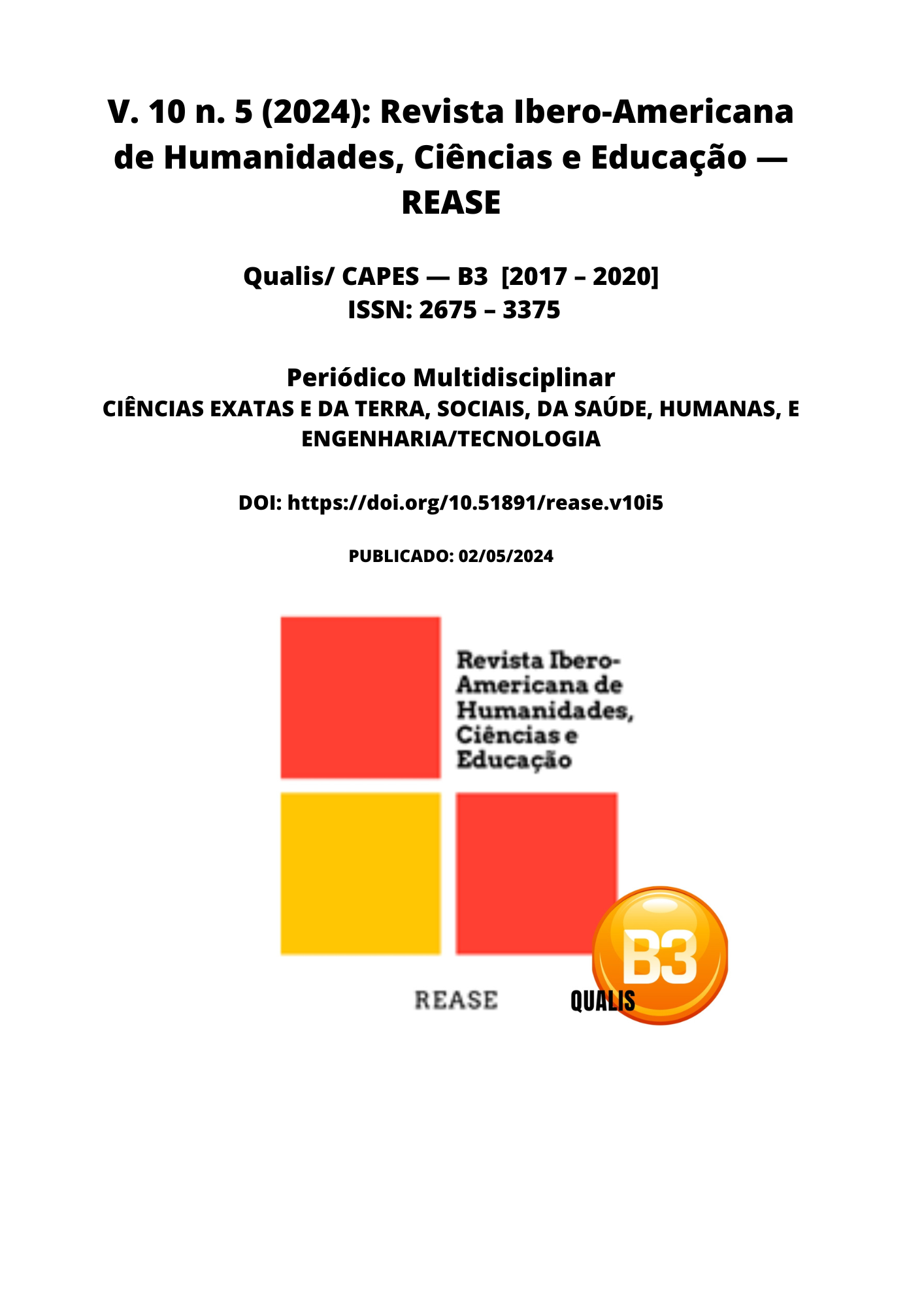CHAIN OF CUSTODY AND ITS RELEVANCE IN CRIMINAL PROSECUTION
DOI:
https://doi.org/10.51891/rease.v10i5.14115Keywords:
Chain of Custody. Criminal proceedings. Legislation.Abstract
The present work intends to address the chain of custody and its applications for better criminal execution. Chain of custody is a crucial procedure in the legal system that involves tracking and detailed documentation of the possession, handling, and control of physical evidence in criminal cases. It is fundamental to guaranteeing the integrity of evidence, ensuring that it is not contaminated, altered or lost, and plays an important role in the search for better criminal execution. Taking the above into consideration, the question arises what are the possible consequences of breaking the chain of custody for criminal prosecution? The general objective of the work is to analyze the importance of preserving the chain of custody to guarantee due legal process and the consequences of its violation for the criminal process. As well as specific objectives of carrying out a survey on the legal aspect of the chain of custody in criminal proceedings, highlighting the consequences of the changes introduced by Law no. 13,964/19 of the differentiation between the chain of custody of evidence and chain of custody evidence , and analyze, through regulations, the possible consequences of breaking the chain of custody in criminal prosecution. To prepare the research, it is intended to use bibliographical research.
Downloads
Downloads
Published
How to Cite
Issue
Section
Categories
License
Atribuição CC BY

